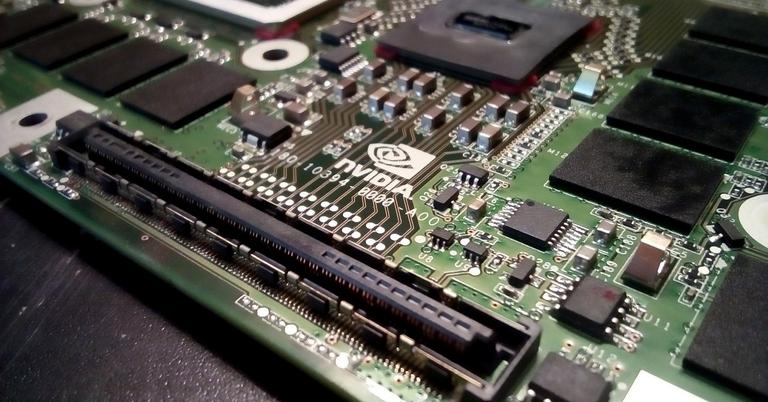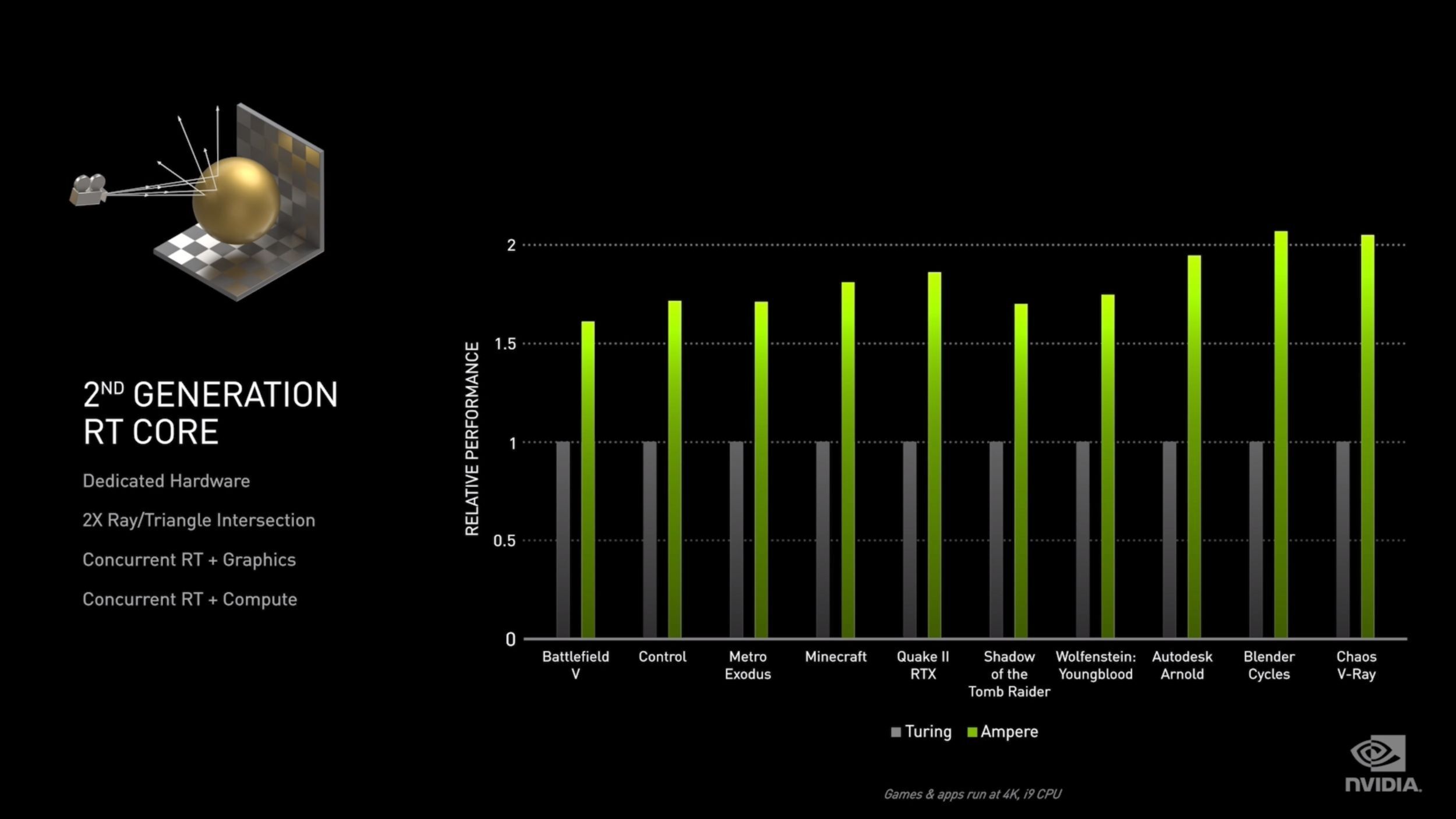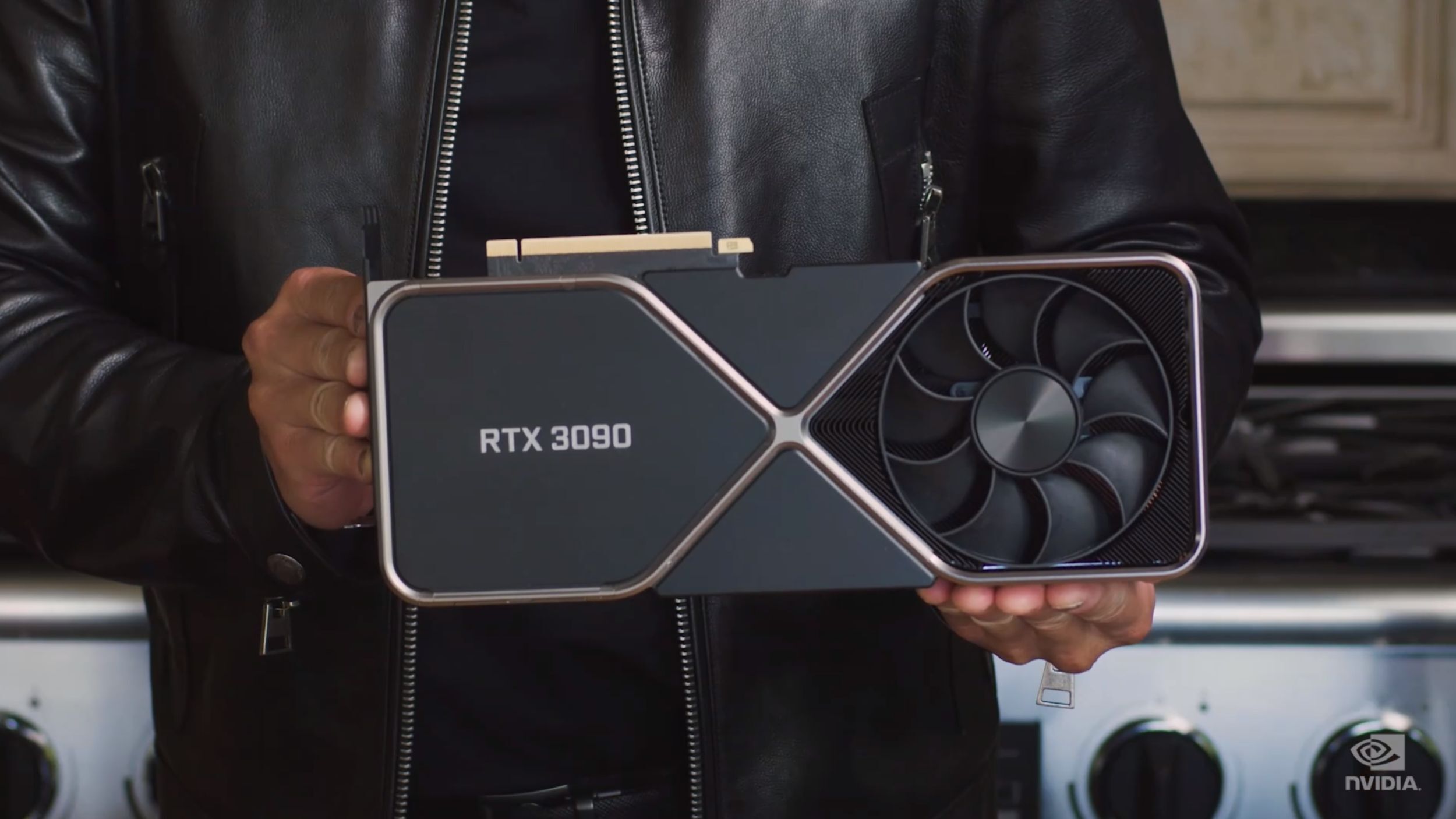


These included Battlefield 2042, Call of Duty: Warzone, Rainbow Six Siege, Doom Eternal, Red Dead Redemption 2, Back 4 Blood, Outriders, Marvel’s Guardians of the Galaxy, Diablo 2 Resurrected, Horizon Zero Dawn, and more (Baldur’s Gate 3 got DLSS in early access, too). Team Green pushed forward considerably with DLSS in 2021, bringing it to loads more games, and some big-name titles at that. (Image credit: Turtle Rock Studios) DLSS keeps up momentumĭLSS (Deep Learning Super Sampling) is Nvidia’s nifty tech which uses upscaling (and AI) to reduce the demands made on your GPU, essentially boosting frame rates with not much impact on visual quality (broadly speaking). Overall, Nvidia made solid progress with mobile GPUs to beef up gaming laptops considerably, albeit with some models not being quite so compelling. More so than the 3050 Ti which seemed to not offer all that much more in terms of overall performance – and crucially, to be lagging behind the RTX 3060 mobile by some way (meaning it was better to push the budget a little bit further to get the 3060 if at all feasible). The RTX 3050 followed down the line, and was regarded as a decent stab at an affordable laptop GPU. Indeed, a well-cooled laptop could conceivably offer better performance than a badly-cooled one where the latter has an RTX 3000 GPU which is a tier higher. The complication with these new offerings was the variety of different power configurations within the same models of GPU, meaning that the same graphics card gave different performance levels based on thermals, cooling and so on of the notebook. (Image credit: HP) Ampere hits gaming laptopsĢ021 also saw the release of RTX 3000 GPUs for gaming laptops, with the emergence of the RTX 3080, RTX 3070 and RTX 3060 mobile versions (with Max-Q variants) at the start of the year in January, followed by the RTX 3050 Ti and 3050 in May.īroadly speaking, the first clutch of mobile GPUs were seen as a laudable step up in performance from last-gen Turing laptop graphics cards, so thumbs-up there. It was the big winner for Nvidia’s desktop GPUs in 2021, for sure, although that said, if you were hunting for a good graphics card, you’d probably have taken any of the top-end products at a (relatively) decent price if you could get them (again, as mentioned, we’ll come back to those availability and stock issues). This was basically as capable as the mighty RTX 3090 in gaming, but not as expensive (but still, of course, very pricey). So, while there was some disappointment with the new desktop Ampere launches, the jewel in the crown proved to be the RTX 3080 Ti.

In our review we declared that it didn’t provide enough extra oomph over the vanilla RTX 3070, and that the RTX 3080 offered a lot more punch for not much more money (in terms of MSRPs, that is). Similarly, the RTX 3070 Ti didn’t add up very well in terms of value, in fact arguably even more so than the RTX 3060. And as we pointed out in our RTX 3060 review, its 3060 Ti sibling (launched at the end of 2020) really made more sense for not a lot more money (and still does: for any extra outlay, you’re getting a good whack of extra performance). That RTX 3060 was admittedly a welcome fresh option at the more affordable(ish) end of the spectrum, but it represented something of a slightly shaky value proposition – particularly when you consider stock shortages and price inflation, something we’ll come back to later in this article.

In total, Team Green launched three fresh Ampere offerings this year, namely the RTX 3060 which was unveiled as a lower-end option at CES in January, and the pepped-up RTX 3070 Ti and 3080 Ti which followed in May.


 0 kommentar(er)
0 kommentar(er)
